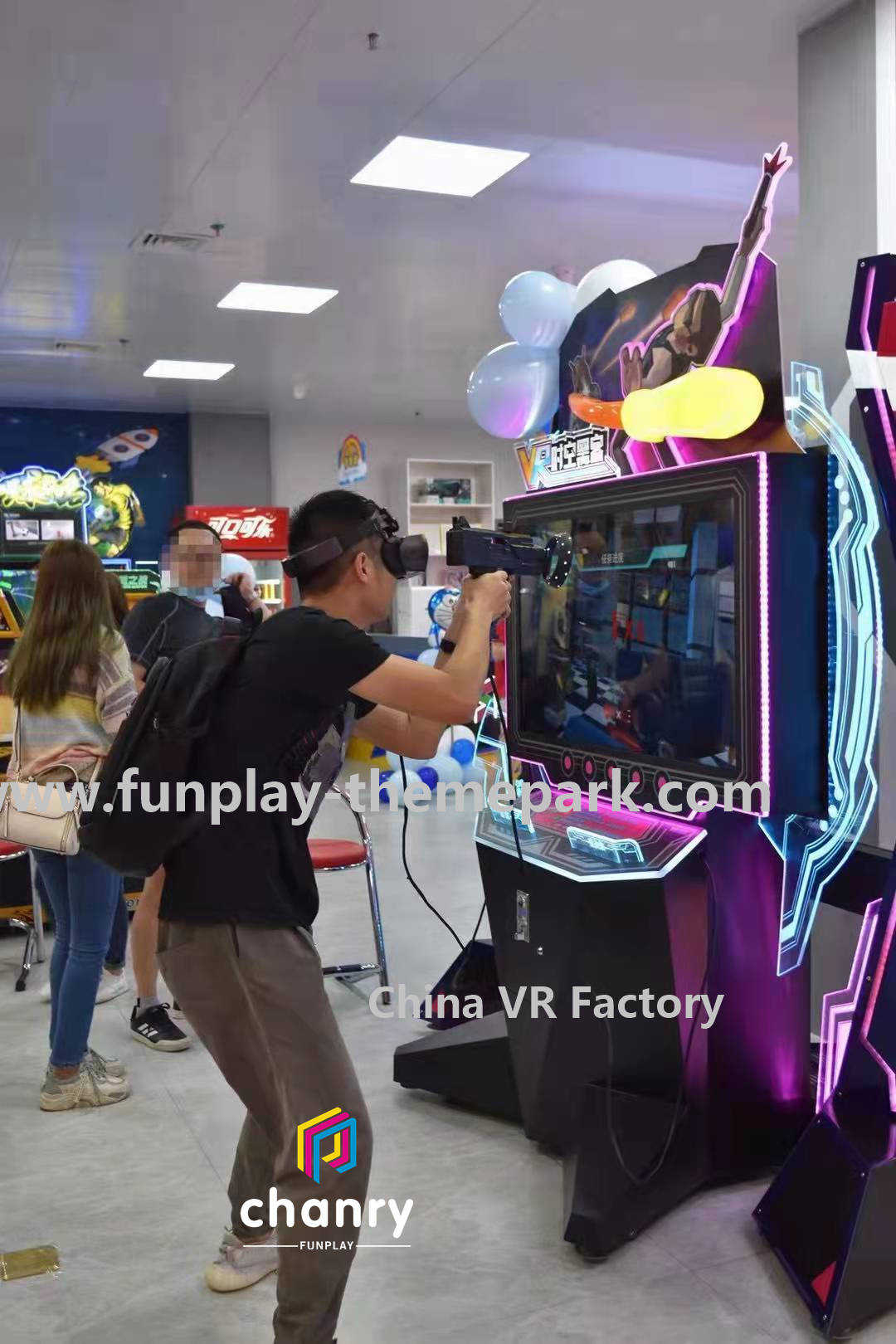If you’re interested in starting a VR arcade, it’s essential to consider the costs involved. Opening and running a VR arcade requires careful planning and investment in various aspects of the business.
One of the main expenses to consider is the initial cost of the VR hardware and software. VR headsets, controllers, and tracking systems are essential components of a VR arcade. The prices of these devices can vary depending on the brand, model, and specifications. It’s important to research and select high-quality and reliable equipment that can withstand frequent use by customers.
In addition to the hardware, VR arcade owners must also invest in a diverse range of VR games and experiences to cater to different customer preferences. Licensing fees and royalties for popular VR games can be significant, so it’s important to research the costs associated with obtaining the necessary rights to offer these games in your arcade.
Another important consideration is the physical space needed to set up a VR arcade. The size of the space will depend on the number of VR stations you plan to have and the layout of the arcade. It’s crucial to choose a location that has enough room for customers to comfortably move around and experience VR without feeling restricted. Renting or leasing commercial space can incur additional costs, so budgeting for this expense is crucial.
Aside from the initial setup costs, running a VR arcade involves ongoing expenses. These include electricity bills, maintenance costs for the VR equipment, and regular software updates to ensure that the VR experiences are up to date and functioning properly. It’s important to factor in these costs when calculating the overall expenses of running a VR arcade.
Marketing and promotion are also important aspects to consider. Advertising your VR arcade through various channels such as social media, local events, and partnerships can help attract customers and generate revenue. Allocating a budget for marketing initiatives will ensure that your VR arcade gets the visibility it needs to thrive in a competitive market.
Lastly, consider the staffing costs. Depending on the size and operations of your VR arcade, you may need to hire employees to assist customers, operate the VR equipment, and provide technical support. These employees should be trained in VR technology and customer service to ensure a smooth and enjoyable experience for visitors.
In conclusion, starting and running a VR arcade involves various costs that must be carefully calculated and planned for. These costs include the initial expenses for acquiring VR hardware and software, licensing fees for VR games, renting or leasing a suitable space, ongoing maintenance and software updates, marketing initiatives, and staffing costs. By carefully budgeting and considering these expenses, you can set up and operate a successful VR arcade that provides customers with exciting virtual experiences. So, if you’re passionate about VR and want to create a unique entertainment business, budgeting for the costs of a VR arcade is an essential step towards turning your vision into reality.




